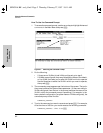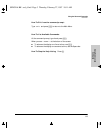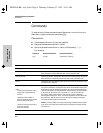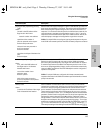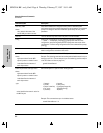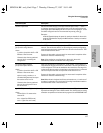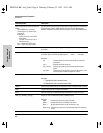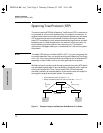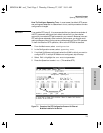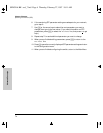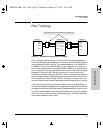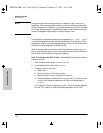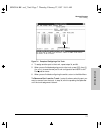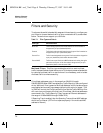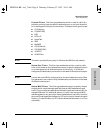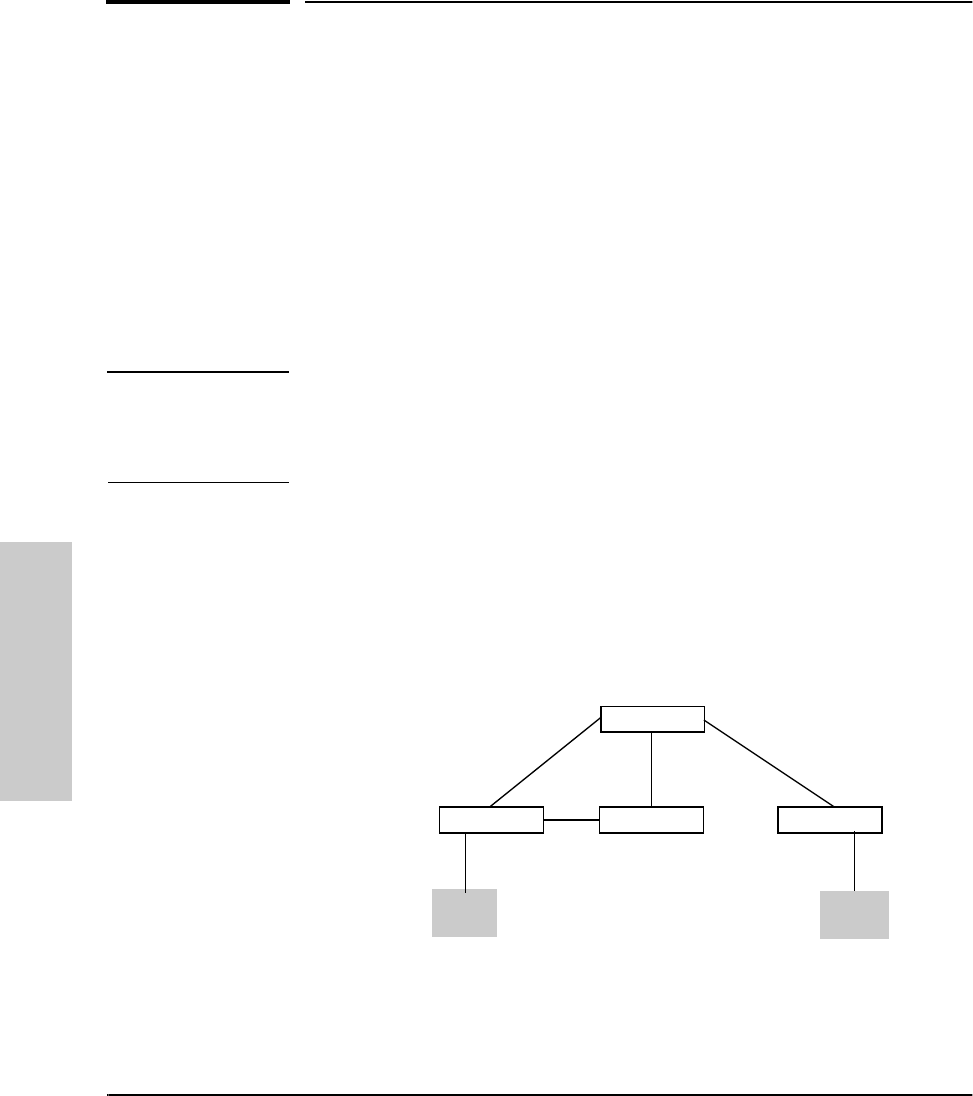
7-2
Advanced Concepts
Spanning Tree Protocol (STP)
Advanced Concepts
Spanning Tree Protocol (STP)
The switch uses the IEEE 802.1d Spanning Tree Protocol (STP) to ensure that
only one path at a time is active between any two nodes on the network. In
networks where there is more than one physical path between any two nodes,
STP ensures a single active path between them by blocking all redundant
paths. STP is necessary in such networks because having more than one path
between a pair of nodes causes loops in the network, which can result in a
switch detecting the same node on more than one port. This results in
duplication of messages, leading to a “broadcast storm” that can bring down
the network.
Note The default STP setting in the Switch 800T is “Off”. If you are using the switch
to provide redundant links, you should reconfigure the Spanning Tree Proto-
col to “On”. Also, when multiple VLANs are configured, you must enable STP
separately for each VLAN in which you want spanning tree to operate.
While allowing only one active path through a network at any time, STP retains
any redundant physical path to serve as a backup (blocked) path in case the
existing active path fails. Thus, if a active path fails, STP automatically
activates (unblocks) an available backup to serve as the new active path for
as long as the original active path is down. For example:
Figure 7-1. Example of Logical and Redundant Paths Between Two Nodes
node
A
switch A
node
B
switch Dswitch B switch C
1
path cost:
100
3
path cost: 100
4
path cost:200
• Active path from node A to node B: 1—> 3
• Backup (redundant) path from node A to node B: 4 —> 2 —> 3
2
path cost: 100
SEDONA.BK : sed_7.fm5 Page 2 Thursday, February 27, 1997 10:11 AM



